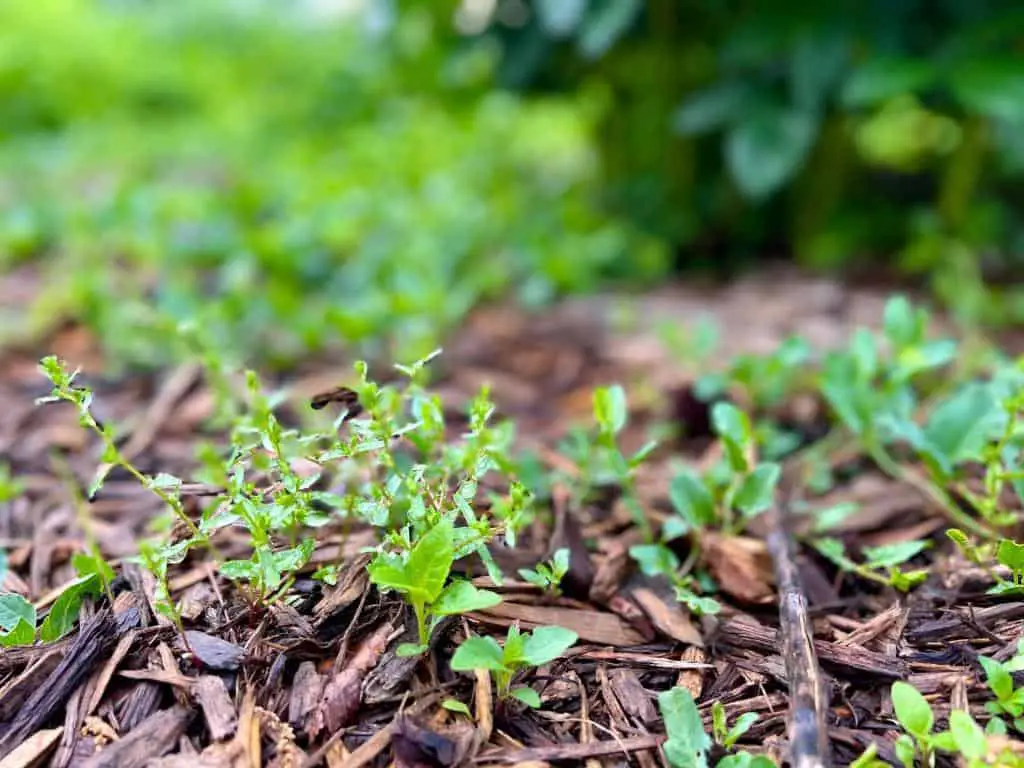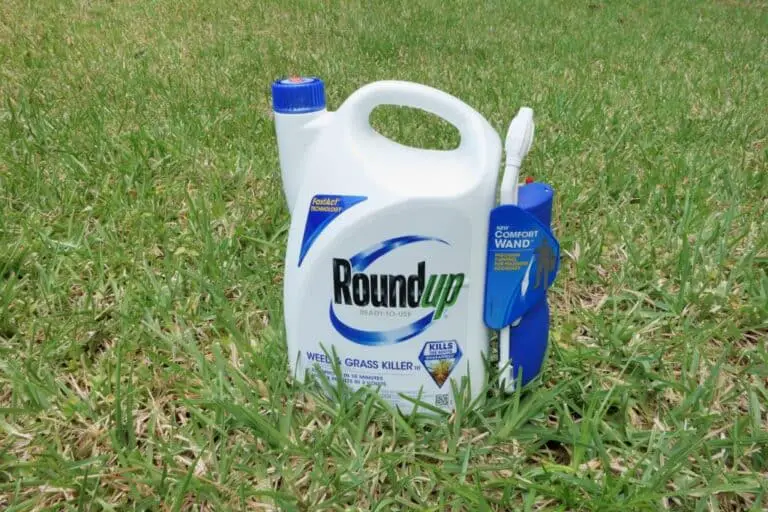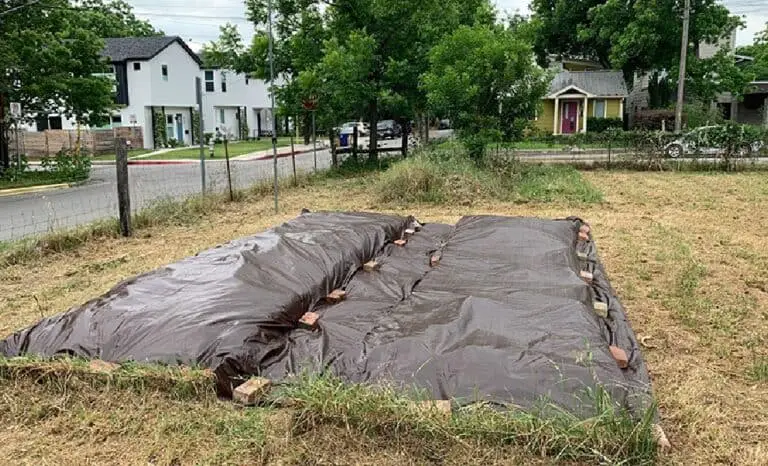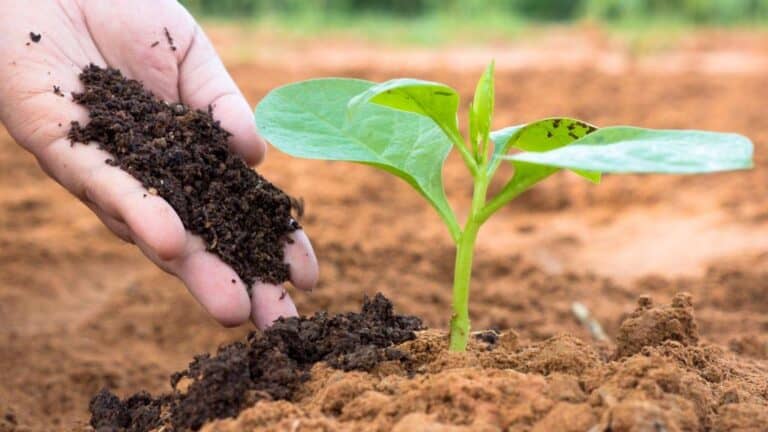Using Dead Weeds As Mulch: A Sustainable Chemical-Free Gardening

Do you love gardening, but hate the idea of using chemical-laden fertilizers and pesticides in your precious green space? If so, you’re not alone. More and more people are turning to sustainable gardening practices that are safe for both the environment and the people who tend to their gardens.
One such practice is mulching with dead weeds. Not only is this a cost-effective and sustainable way to dispose of your garden waste, but it also provides numerous benefits to your plants and soil.
In this article, we’ll explore the art of mulching with dead weeds and learn how you can use this technique to transform your garden into a thriving, chemical-free oasis. So grab your gardening gloves and let’s get started!
Understanding Mulching Benefits for Your Garden
When it comes to maintaining a healthy garden, mulching is a practice that should not be overlooked. Mulching provides numerous benefits for both your plants and soil, making it a crucial step in any gardening routine.
One of the most significant benefits of mulching is its ability to regulate soil temperature. Mulch acts as an insulator, keeping the soil cool during hot summer months and warm during cold winter months. This helps to protect plant roots from extreme temperatures and encourages healthy growth.
Another benefit of mulching is its ability to retain moisture in the soil. By forming a barrier between the soil and the air, mulch slows down the evaporation process and helps to keep the soil moist. This is especially important during periods of drought, as it reduces the need for frequent watering.
Mulching also helps to prevent the growth of weeds. By covering the soil and preventing sunlight from reaching weed seeds, mulch stops them from germinating and growing. This means less time and effort spent pulling weeds, and more time enjoying your garden.
Mulching also plays a crucial role in improving soil health. As the mulch breaks down over time, it releases nutrients into the soil, providing a steady source of food for your plants. This leads to improved plant growth and a more abundant harvest.
Using Dead Weeds As Mulch
Can I Use Dead Weeds as Mulch? Yes, you can use dead weeds as mulch in your garden, and doing so can provide several benefits. Mulching with dead weeds is an excellent way to recycle garden waste and turn it into a useful resource. When used right, dead weed mulch can help keep soil moist, control soil temperature, and stop weeds from growing.
To use dead weeds as mulch, you must first collect them and prepare them properly. You can collect dead weeds from your lawn or garden by cutting them down with a lawnmower, pruning shears, or a weed trimmer. Once you have collected the dead weeds, you need to dry them out before using them as mulch. Spread them out in a thin layer in a sunny spot and allow them to dry out completely before using them in your garden.
When applying dead weed mulch to your garden, be sure to apply it evenly, with a depth of around two to three inches. You can apply the mulch around the base of plants, between rows of vegetables, or over entire garden beds. Dead weed mulch should be used in moderation, as using too much can prevent water and air from reaching the soil and harm your plants.
How to Prepare Dead Weeds for Mulching
Mulching with dead weeds can be a sustainable and cost-effective way to provide your plants with the nutrients they need. However, before you start using dead weeds as mulch, you need to prepare them properly to avoid any unwanted effects. Here’s a list of steps to follow when preparing dead weeds for mulching:
- Collect the weeds: First, collect the dead weeds from your garden. It’s important to avoid using weeds that have gone to seed as this can result in further weed growth in your garden.
- Cut the weeds: Use pruning shears or a lawnmower to cut the dead weeds into smaller pieces. This will make them easier to handle and ensure they decompose quickly.
- Dry the weeds: Spread the cut weeds out in a sunny spot to dry for a few days. This will help to reduce the moisture content of the weeds, making them less likely to attract pests and mold.
- Make sure that the weeds you are using are indeed dead and have not gone to seed. If you use weeds that have gone to seed, you may end up spreading more weed seeds in your garden, creating a bigger weed problem in the future.
- Mix with other organic matter: Once the weeds are dry, mix them with other organic matter such as leaves or grass clippings, or wood chips. This will help to balance the nitrogen and carbon content of the mulch and provide a better environment for beneficial microorganisms.
- Spread the mulch: Finally, spread the mulch around your plants, making sure to leave some space around the stems to avoid rotting.
By following these steps, you can prepare your dead weeds for mulching and create a nutrient-rich environment for your plants to thrive in.
Best Types of Plants to Use Dead Weed Mulch on
Using dead weed mulch is a great way to improve the health and appearance of your garden while also reducing waste. But not all plants are suitable for this type of mulch. Understanding which plants benefit most from dead weed mulch can help you make the most of this sustainable gardening practice.
One of the best types of plants to use dead weed mulch on is perennials. These plants benefit from a slow release of nutrients, which is exactly what dead weed mulch provides. The mulch slowly breaks down over time, releasing nitrogen and other important nutrients into the soil. This helps plants grow strong and healthy.
Annual plants can also benefit from dead weed mulch, but you’ll need to take extra care when applying it. Annuals grow more quickly than perennials and therefore require more frequent fertilization. Dead weed mulch may not provide enough nutrients to keep annuals thriving, so it’s best to use it in combination with a high-quality fertilizer.
Vegetable gardens are another great option for dead-weed mulch. Vegetables require a lot of nutrients to grow, and dead weed mulch can help provide these essential elements. Plus, the mulch helps to retain moisture in the soil, which is critical for healthy vegetable growth.
In general, it’s best to avoid using dead weed mulch on plants that prefer dry soil conditions. The mulch can trap moisture and lead to root rot or other fungal diseases. Additionally, avoid using the mulch on plants that are susceptible to pest infestations, as the mulch can attract insects.
By understanding the best types of plants to use dead weed mulch on, you can improve the health and appearance of your garden while also reducing waste. Experiment with different types of plants to find the perfect combination for your specific garden needs.
Common Mistakes to Avoid When Mulching with Dead Weeds
Mulching is a simple and effective gardening technique that can benefit your plants in numerous ways. It helps keep the soil cool and moist, stops weeds from growing, and adds nutrients as it breaks down. But not all mulches are the same, and using dead weeds as mulch needs some thought to avoid making common mistakes that can make it less effective.
1. Using Weed Seeds.
One of the most common mistakes is using weed seeds or contaminated weeds as mulch. If you collect dead weeds from your garden, make sure to check them thoroughly for seeds or signs of disease or pests. Otherwise, you may end up spreading more weeds or problems in your garden. It’s best to use dead weeds that are free of seeds or have been composted properly to eliminate any pathogens or weed seeds.
2. Too Much or Too Little Mulch
Another mistake is applying too much or too little mulch. Applying too much mulch can suffocate your plants and lead to moisture buildup and root rot. On the other hand, applying too little mulch may not provide enough protection or nutrients for your plants. The ideal thickness of mulch depends on the type of plant and the climate, but generally, 2-3 inches of mulch is sufficient.
3. Not Fully Decomposed
Using dead weeds that are not fully decomposed can also be a mistake. If you apply fresh or partially decomposed weeds as mulch, they may compete with your plants for nutrients and cause a nitrogen deficiency. To avoid this, you can compost the dead weeds first or mix them with other types of mulch that are already decomposed.
4. Applying of Wrong Plant
4. Lastly, another mistake is using dead weeds as mulch on the wrong types of plants. Some plants, such as tomatoes or peppers, prefer warmer soil temperatures and may not benefit from dead weed mulch. On the other hand, other plants, such as strawberries or lettuce, prefer cooler soil temperatures and may thrive with dead weed mulch. It’s important to research the specific needs of your plants and choose the right type of mulch accordingly.






